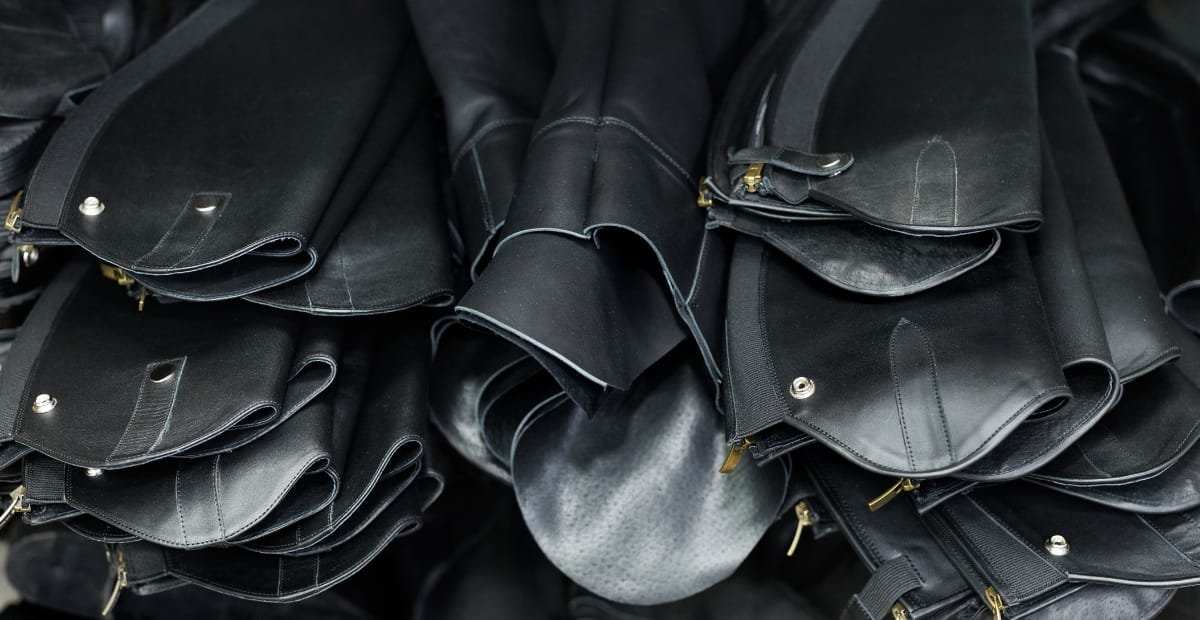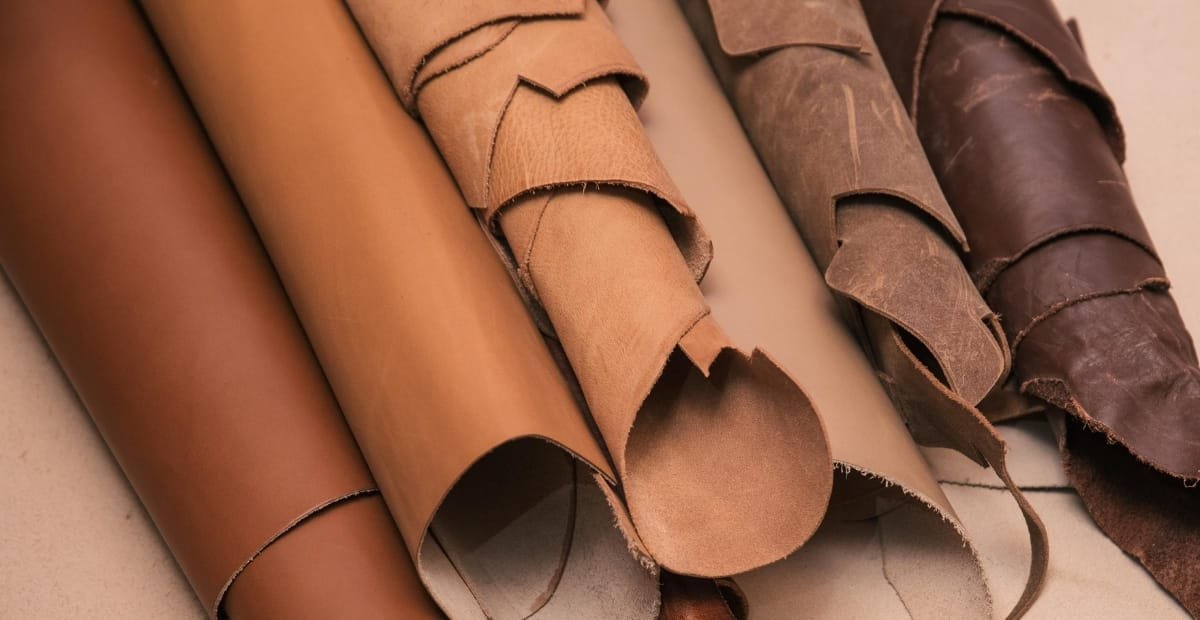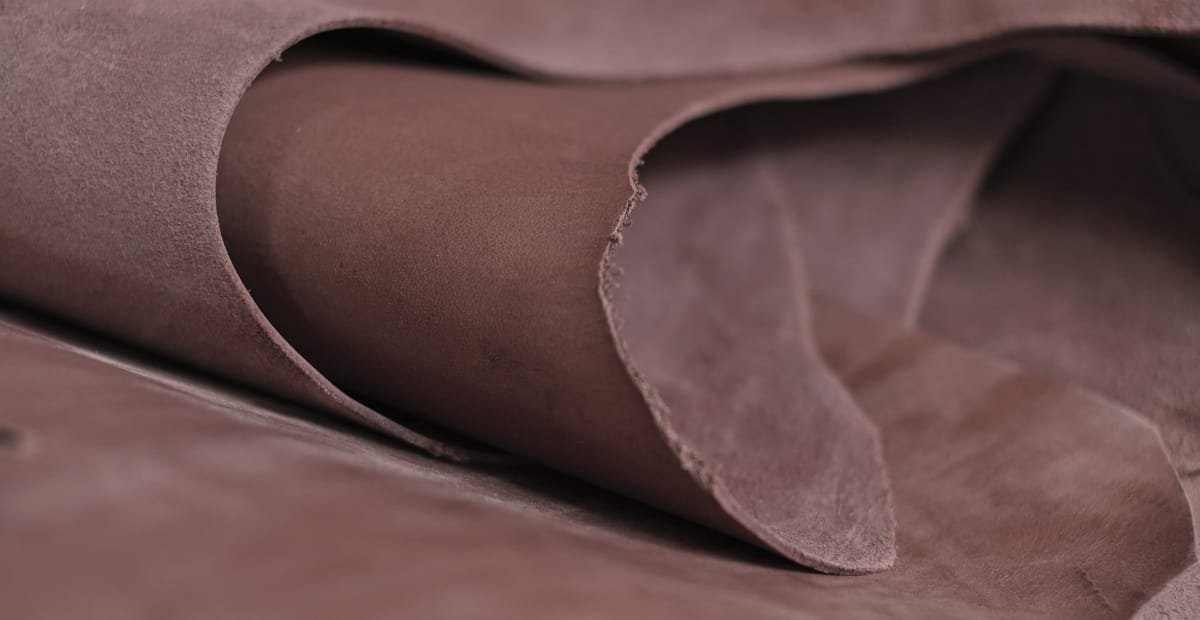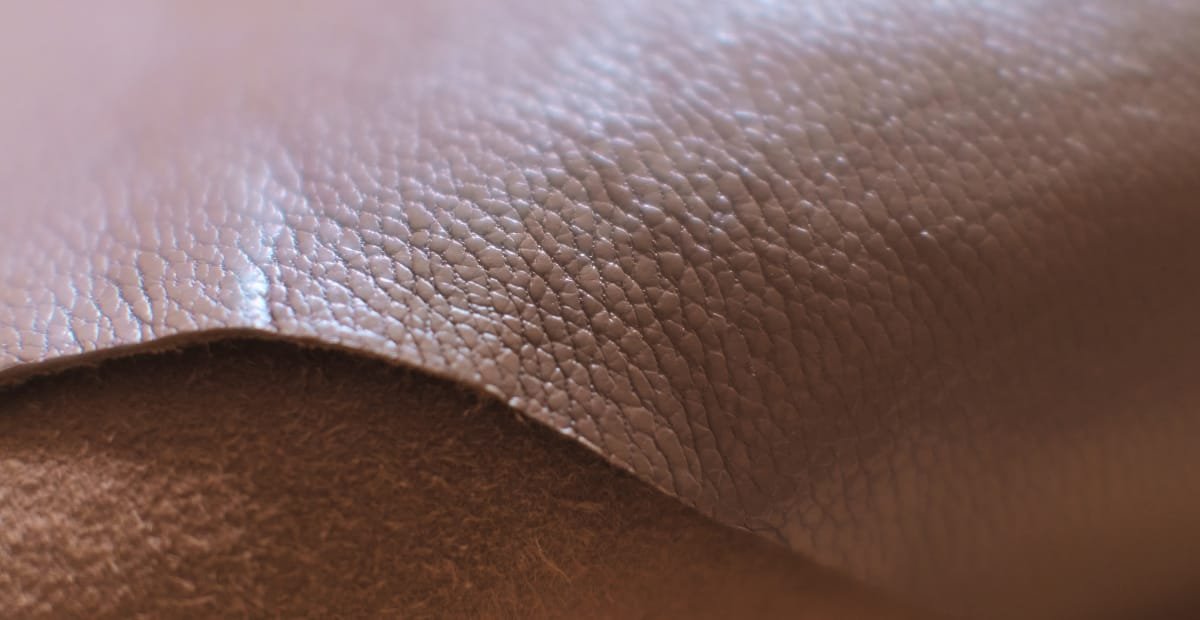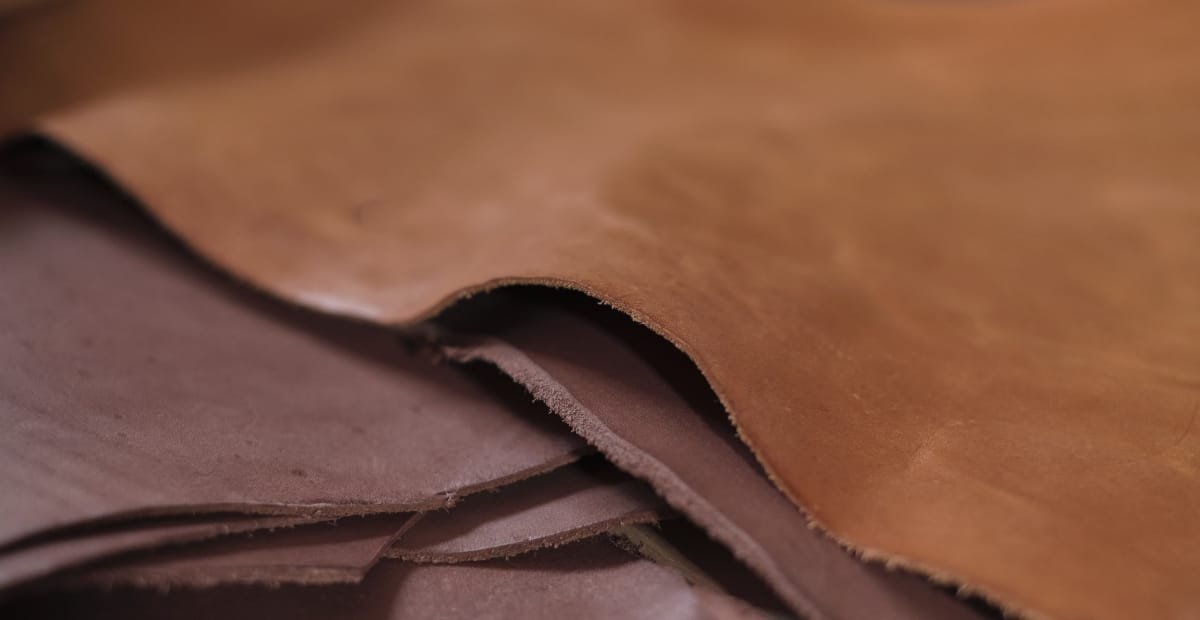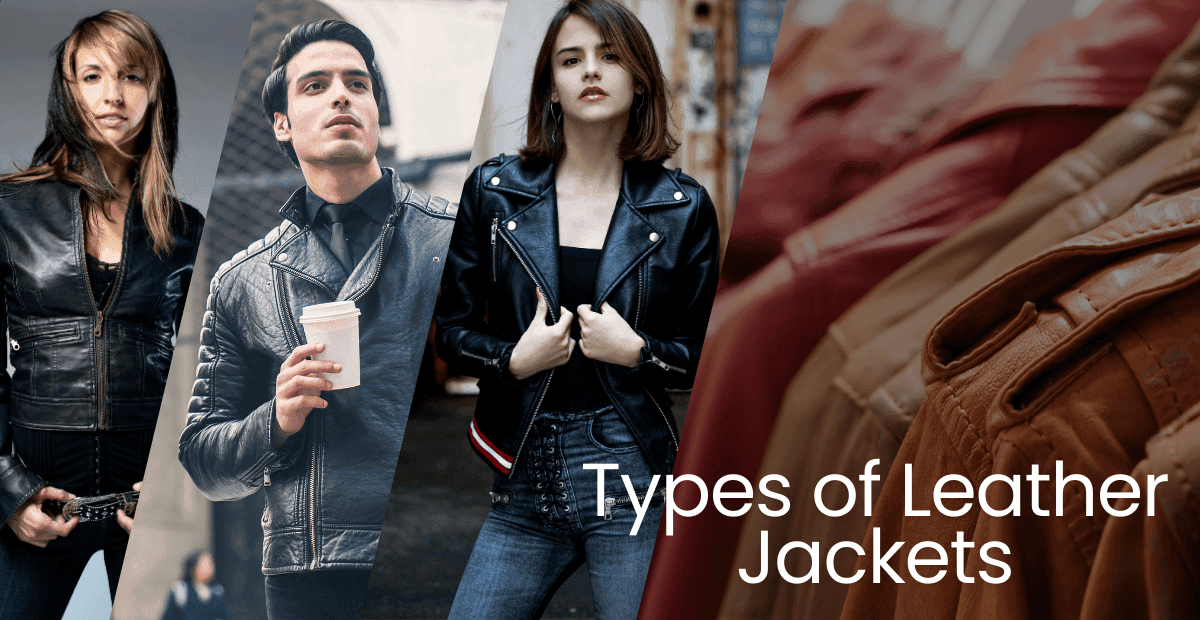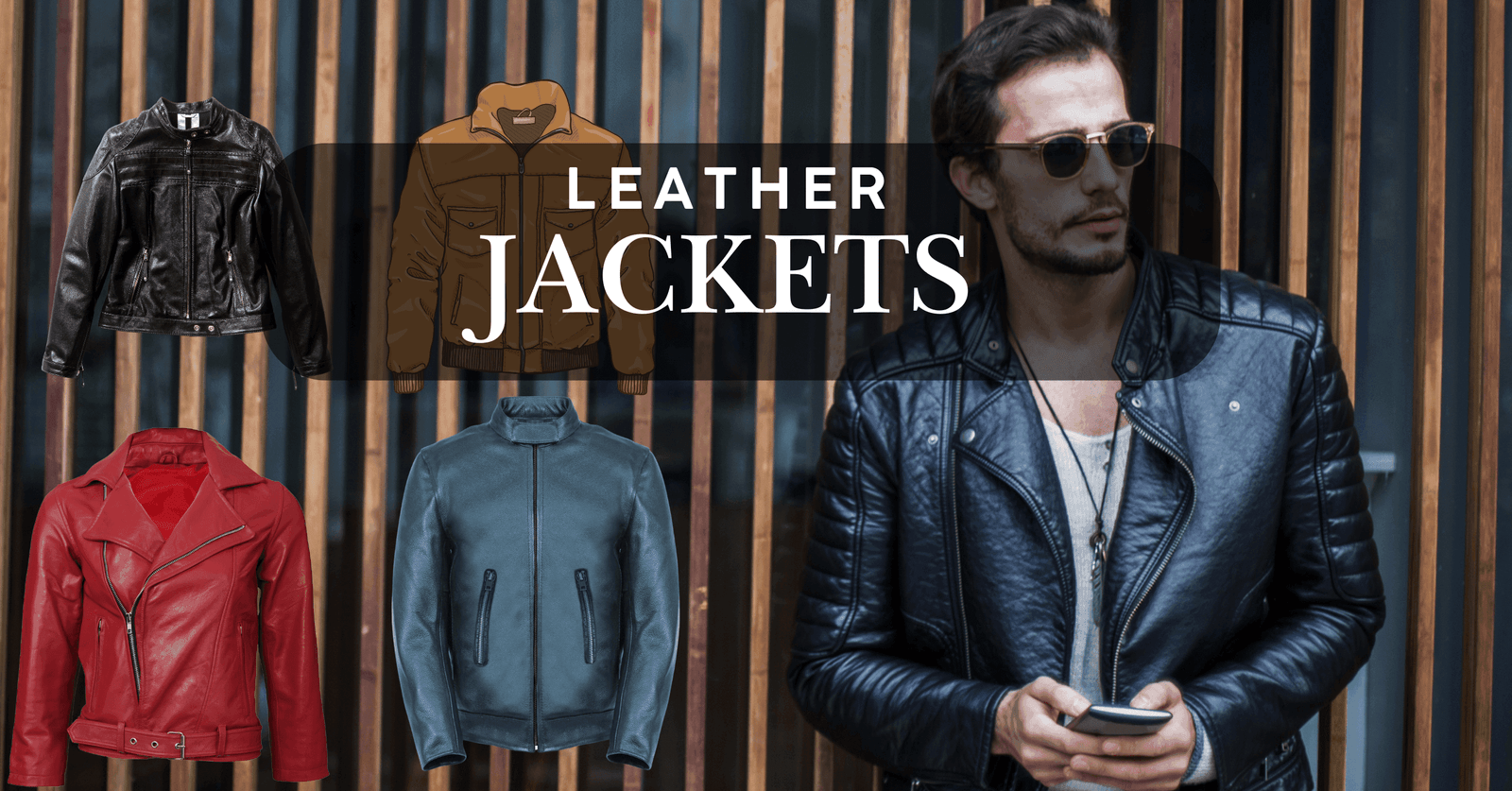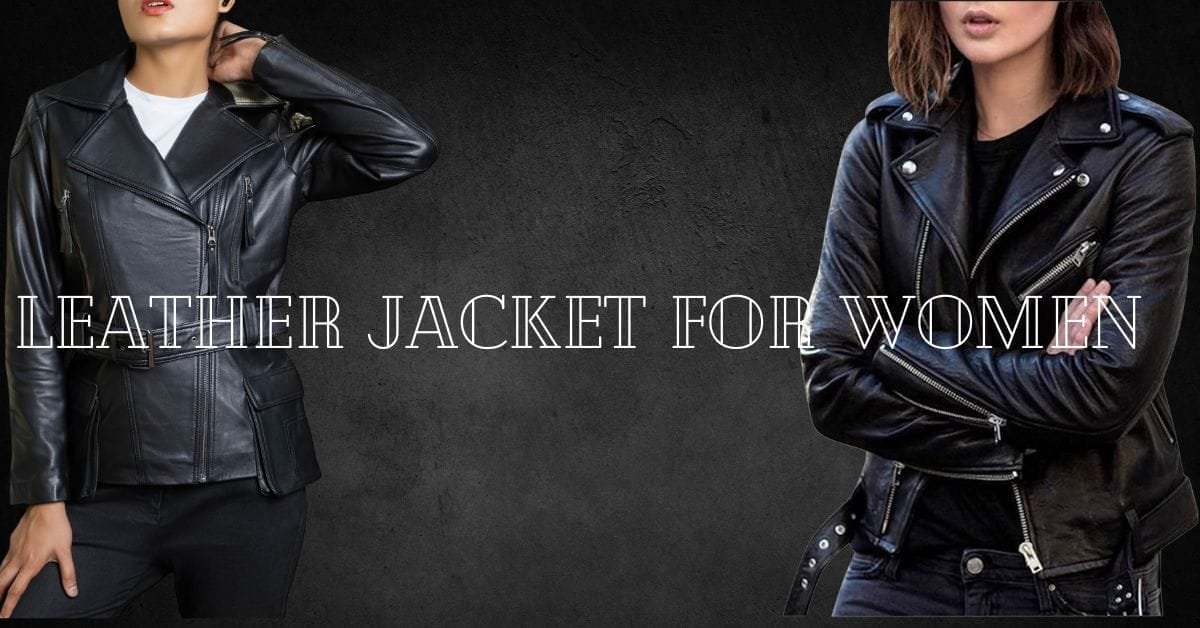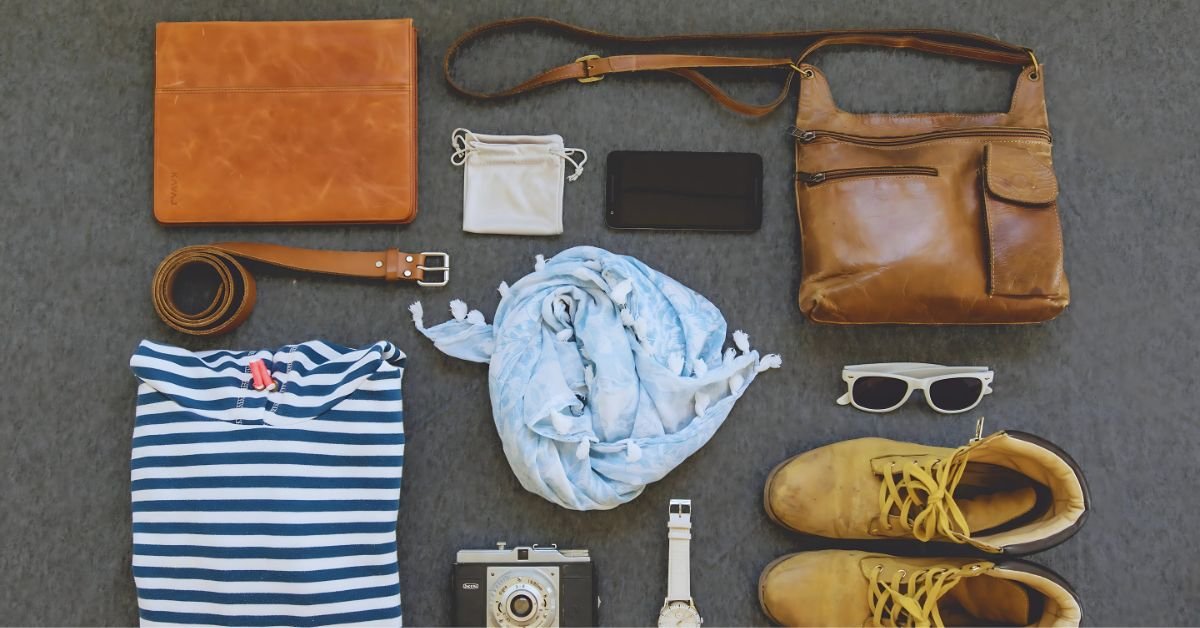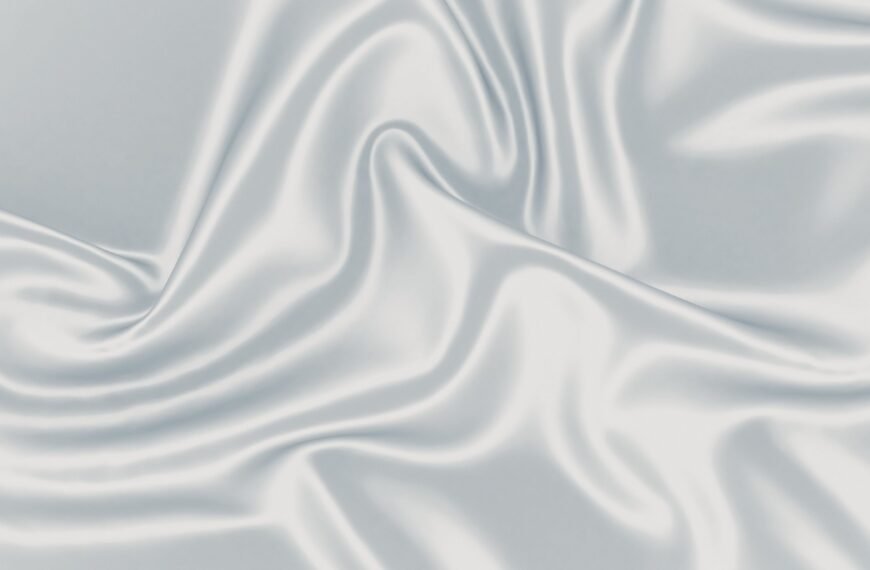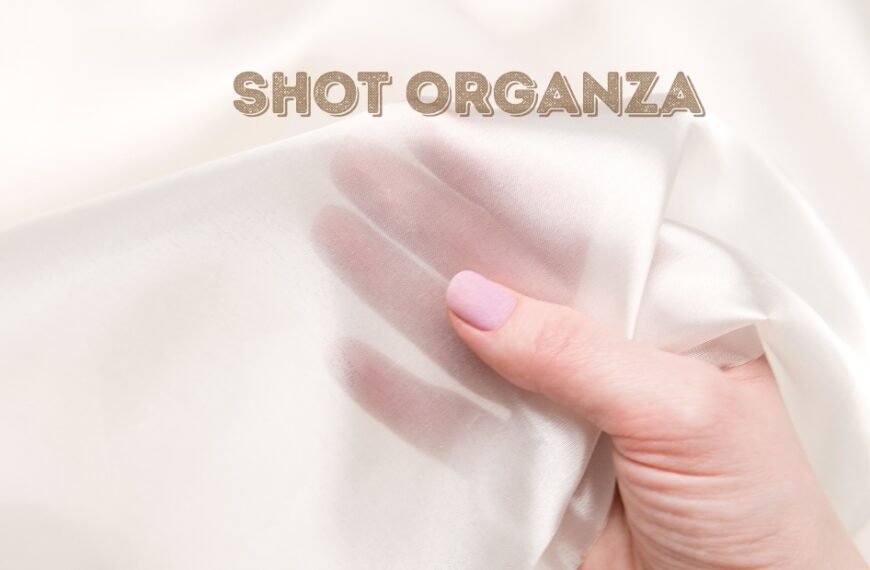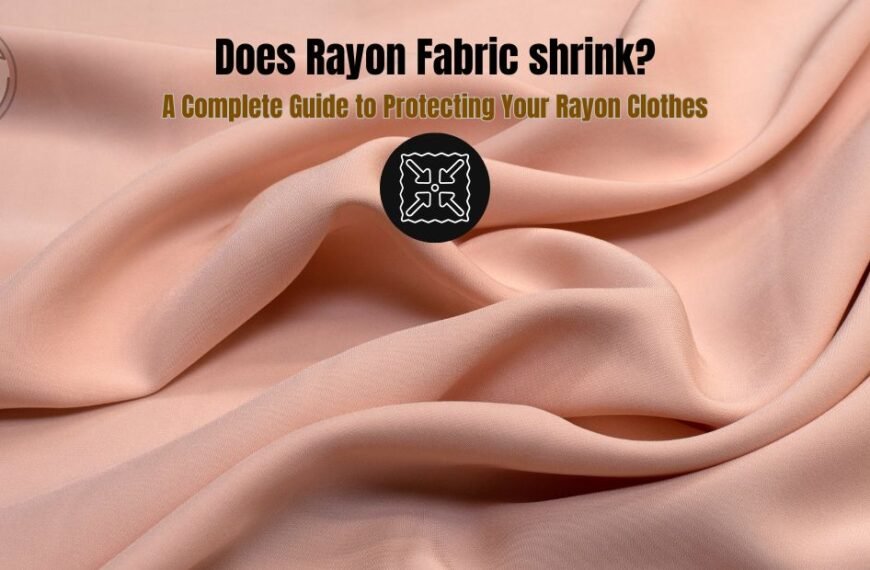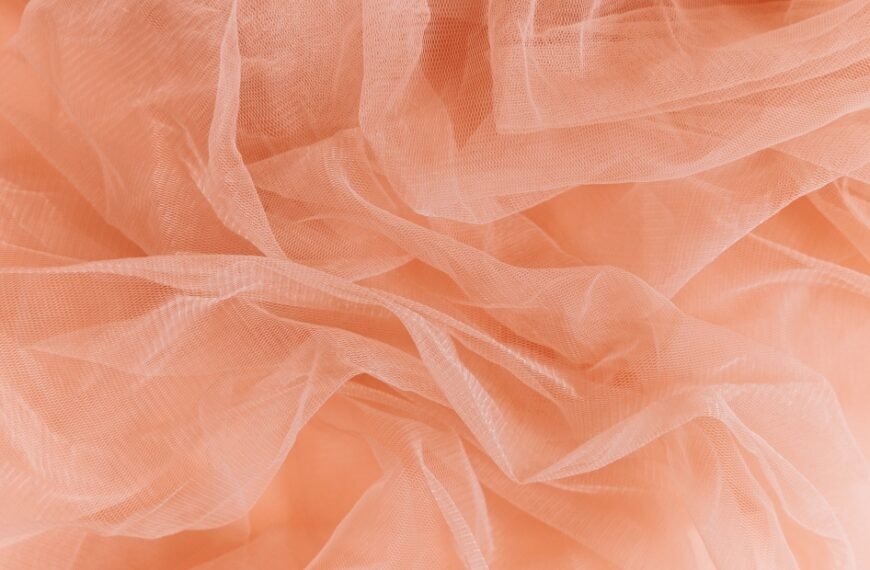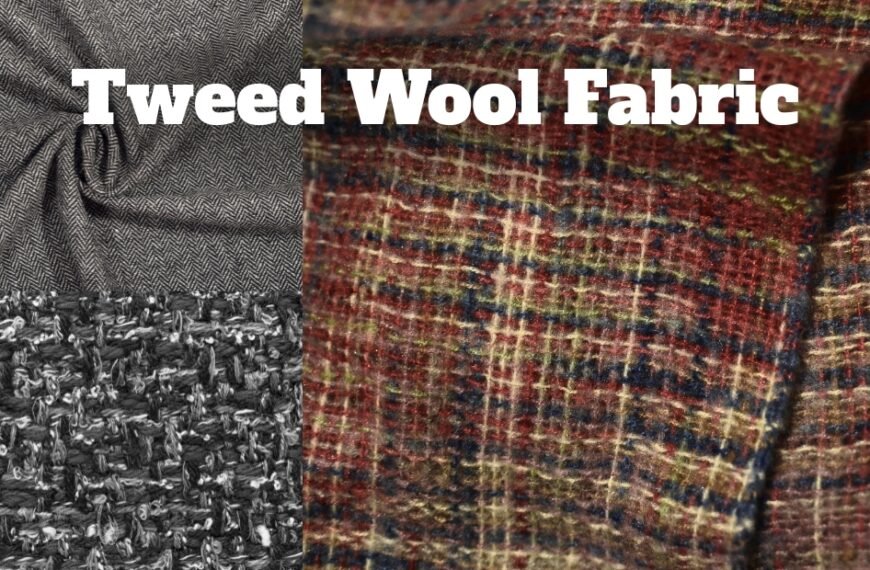Uniform buffalo leather is witnessing renewed interest in fashion, footwear, and outdoor apparel. This material blends rugged resiliency with a delicate touch. As other sectors change, more uniform buffalo leather designers and manufacturers are adopting it for its unequaled strength, versatility, and timeless attractiveness. But what is this leather in the first place? Why is it trending now? Also, how is it different compared to other leathers?
In this blog post, we discuss everything about uniform buffalo leather its origins, characteristics, production process, uses, environmental concerns, certifications, and more.
Table of contents
- What Is Uniform Buffalo Leather?
- The History of Buffalo Leather: An Overview
- Main Features of Uniform Buffalo Leather
- The Process of Creating Uniform Buffalo Leather
- What is Uniform Buffalo Leather Used For?
- What Is Driving The Recent Surge In Popularity?
- Leading Manufacturers of Buffalo Leather
- Uniform Buffalo Leather Certifications
- Is Buffalo Leather More Durable Than Cowhide?
- Environmental Impact of Uniform Buffalo Leather
- Transition Words in Action
- FASQs
What Is Uniform Buffalo Leather?
A uniform buffalo leather is a full grain or top grain leather that comes from the hide of water buffalos. It is thicker and more robust than cow hide leather, thus more suited for heavy-duty items. The term “uniform” is given due to the consistent grain pattern and even finish resulting from specialized buffing and tanning processes.
While cow leather has a smoother finish, buffalo leather has a more bold and vigorous look due to it’s distinct texture and pronounced grain. The uniform finish further enhances it’s suitability for tactical apparel, uniforms, and upscale rugged fashion.
The History of Buffalo Leather: An Overview
Buffalo leather is a material that has been in existence for centuries Buffalo hides have been worn and tanned by ancient communities because of their strength and their availability. With time and improved methods in leather tanning, what used to serve purely functional purposes evolved to style wear and accessories in the modern world.
Buffalo leather is resilient, therefore, widely used for military belts and buffalo leather boots,* and jackets. This is especially true for locations that require demanding and rugged performance.
Main Features of Uniform Buffalo Leather
Almost all types of leather have their unique attributes, and buffalo leather is not any different. It is esteemed for its mild and tough characteristics. Here are its primary attributes:
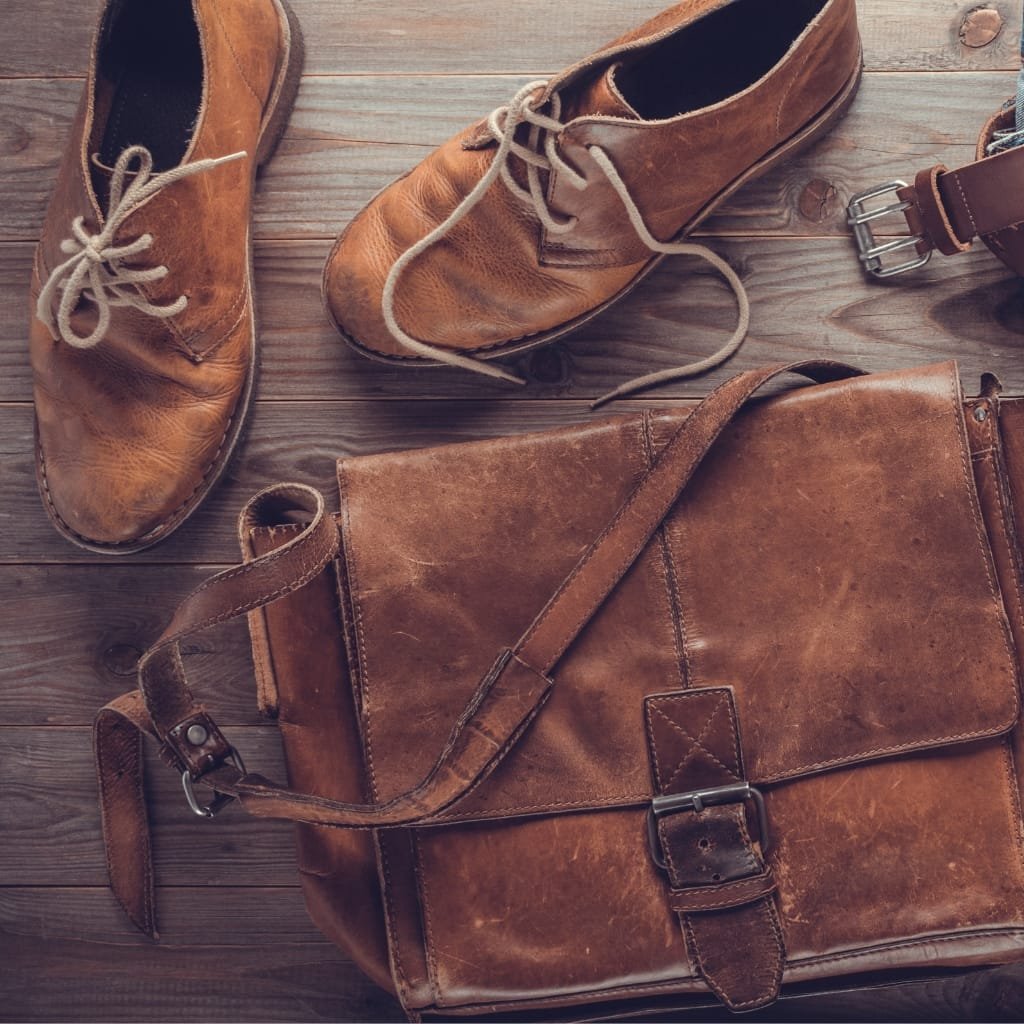
- Thicker Grain: It is about 1.2 to 2 mm thick, so has better ration of wear and damage.
- Natural Resilience: It can withstand the wear and damage of the sun. Impacts, eco stresses also have no significant downside to the leather.
- Rich Texture: Though the grain is seemingly smooth, it is expertly polished while retaining all its coats.
- Water Resistant: The leather absorbs evenly and is difficult to wear.
- Natural Patina: Naturally it grows better and improve for many years.
Such properties make it outstanding for workplaces and for businesses of refined nature.
The Process of Creating Uniform Buffalo Leather
The process of creating uniform buffalo leather is meticulous, as well as captivating. It ensures that the leather retains its shape, durability, and leather finish.
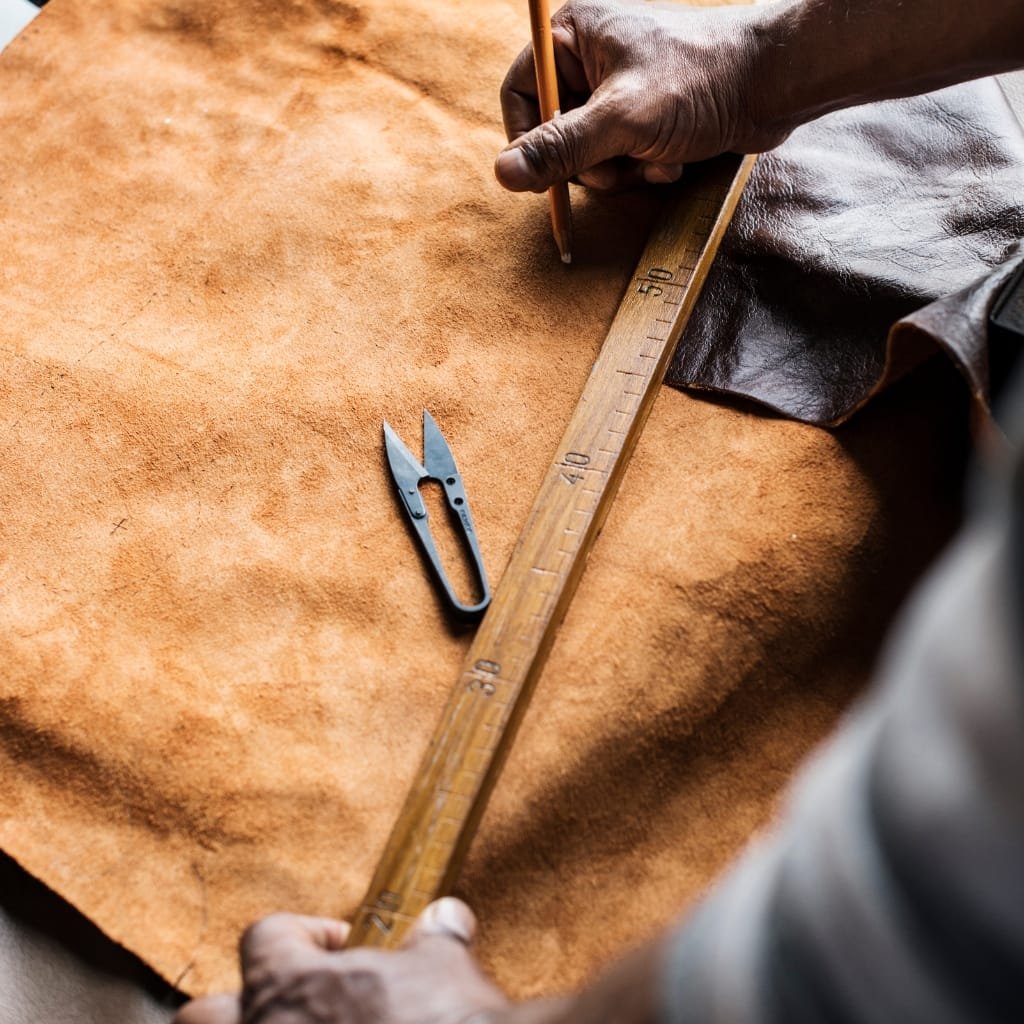
Obtaining the Hide
The primary water buffalo hide supplier is water buffalo farms in Asia. The hides undergo a cleaning process to reduce bacteria, and the water buffalo hides are refrigerated to preserve the leather and avoid deterioration.
Tanning
Vegetable and chrome tanning produces the hides. Vegetable tanning is more eco-friendly, whereas chrome tanning offers more softness and flexible to the leather.
Uniforming Process
The leather undergoes an additional buffing process to improve grain smoothness. Water and sheen resistant treatments are applied resulting in the signature:
- Sheen and water resistant treatment
- Dyed skin to ensure the base is uniform throughout
- Buffed skin to improve grain smoothness
Finishing
The leather is straining, dried, and is sometimes embossed while some hides are left in their natural grain to preserve authenticity.
What is Uniform Buffalo Leather Used For?
The buffalo leather is used in a variety of applications, some of which are:
- Foremplary belts and boots
- Briefcase and luxury bags
- Motorcycle jackets and gloves
- Employment in the military and fleet
- Office and upholstery accessories
The leather excels in appearance and is high in comfort and durability, making the leather perfect for field work and formal settings.
What Is Driving The Recent Surge In Popularity?
Today’s consumers strive for materials that have longevity, aesthetic appeal, and provide good value for money. Uniform buffalo leather meets all of these expectations. It is gaining traction in the following areas due to the surge in slow fashion and sustainable material choices:
- Luxury fashion
- Workwear
- Eco-conscious production lines
Also, the focus on quality as opposed to quantity is gaining traction. Durable leather that can withstand decades of use strengthens brand loyalty and reduces waste.
Leading Manufacturers of Buffalo Leather
The following countries rank among the top producers of buffalo leather:
- India: World’s largest exporter of buffalo hides
- Pakistan: Known for fine grain processing
- Vietnam: Growing market for leather accessories
- Bangladesh: Produces low-cost buffalo leather goods
- China: Strong in mass manufacturing of buffalo leather apparel
These nations help shape the global trends and supply of leather.
Uniform Buffalo Leather Certifications
Leather that is ethically and sustainably sourced is bound to have certifications. The most notable ones for uniform buffalo leather include:
- LWG (Leather Working Group) Certification
- ISO 9001: Quality Management
- OEKO-TEX® Leather Standard
- REACH Compliance (EU Regulations)
These certifications offer minimal environmental impact, worker safety, and non-toxic treatments guarantee.
Is Buffalo Leather More Durable Than Cowhide?
In many ways, yes. Cowhide has its advantages because of its suppleness, but buffalo leather is more durable, resistant, and has greater grain depth. Its strength comes from being approximately three times thicker in the dermal layer.
Still, cowhide remains dominant in the manufacture of soft, delicate items such as baby shoes and gloves. In high-wear items, buffalo leather especially performs well during uniformity.
Environmental Impact of Uniform Buffalo Leather
The production of leather comes with its very own set of environmental challenges. That said, there are initiatives aimed at shrinking its impact:
- Leather production: buffalo sourcing uses animal byproducts.
- Vegetable tanning is using a more eco-friendly approach, switching to plant-based tannins and avoiding chromium.
- Modern tanneries have effluent treatment plants to control their water use.
- Eco-certifications make sure companies follow sustainable practices.
The leather is a by-product of the meat and dairy industry. Therefore, the buffer leather comes from a resource that would otherwise go to waste, making this approach align with holistic economy principles.
Transition Words in Action
Thus, uniform buffalo leather is more than just a rugged material. Additionally, it enhances the aesthetic value of boots and bags. Therefore, it is used in various industries. Furthermore, it is suitable for sustainable fashion lines because of its eco-friendlier production options. Consequently, more brands are adopting this leather type.
Conclusion
In a single package, uniform buffalo leather offers remarkable strength, incredible elegance, and extraordinary adaptability. If you are in the market for a reliable material for uniforms or looking to add an edge to a fashion line, this leather is the answer. Uniform buffalo leather will remain available as the market shifts towards eco-friendly, durable, and adaptable materials.
By utilizing this leather, designers and manufacturers are able to create timeless pieces that are rooted in rich legacy while addressing modern demands for performance and style.
FASQs
It is water-resistant after treatment, though not fully waterproof unless coated with additional layers.
Yes, it’s ideal for rugged jackets, especially for motorcycle and tactical use.
Not if cared for properly. Regular conditioning prevents drying and cracking.
